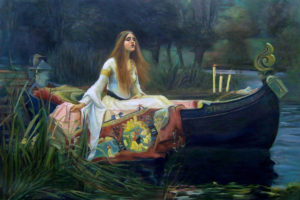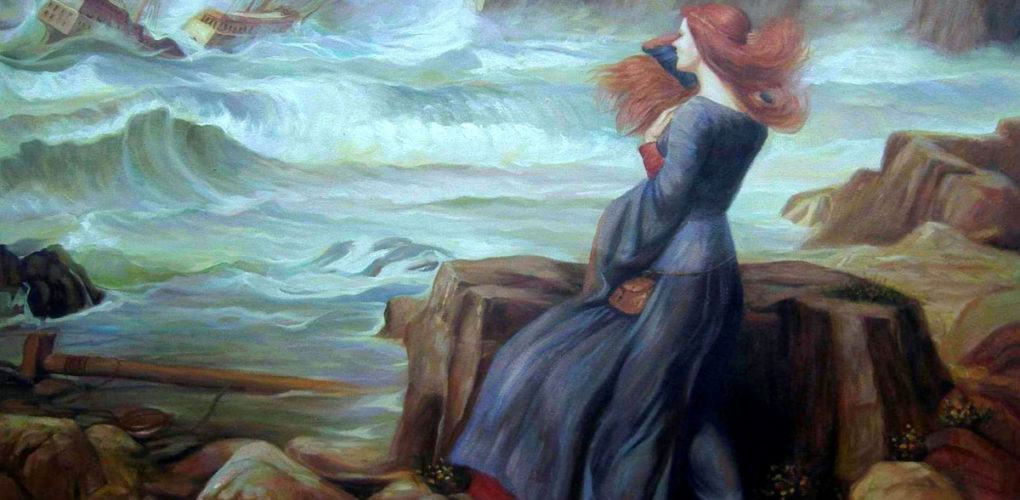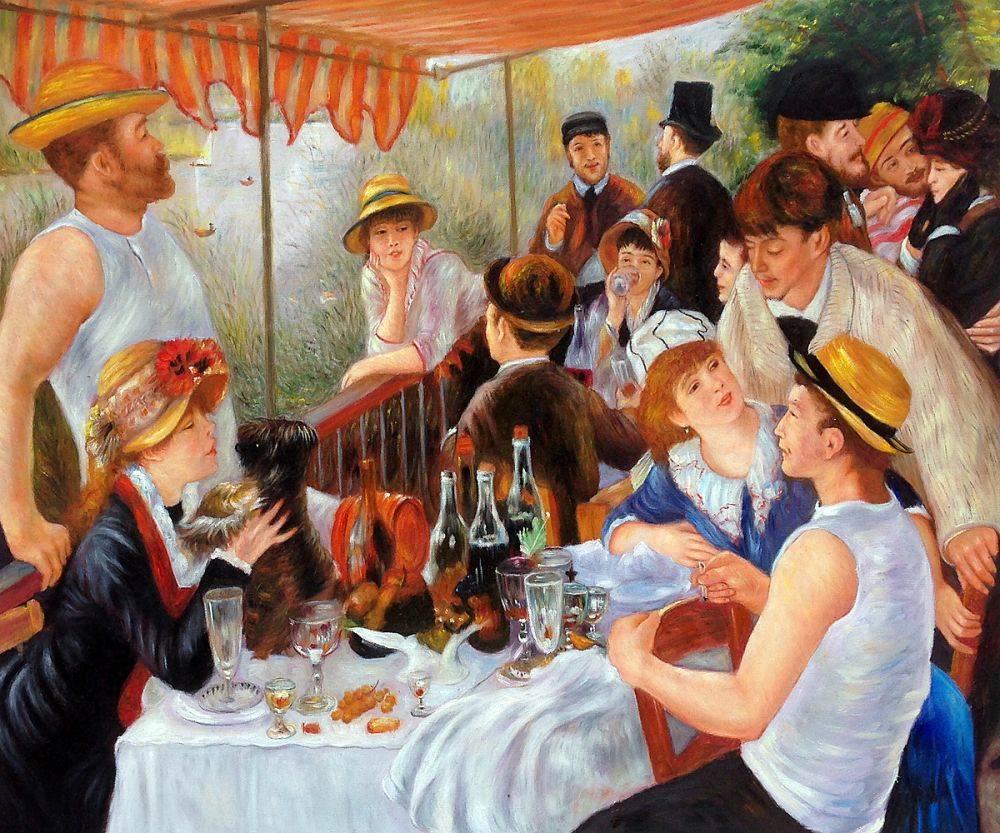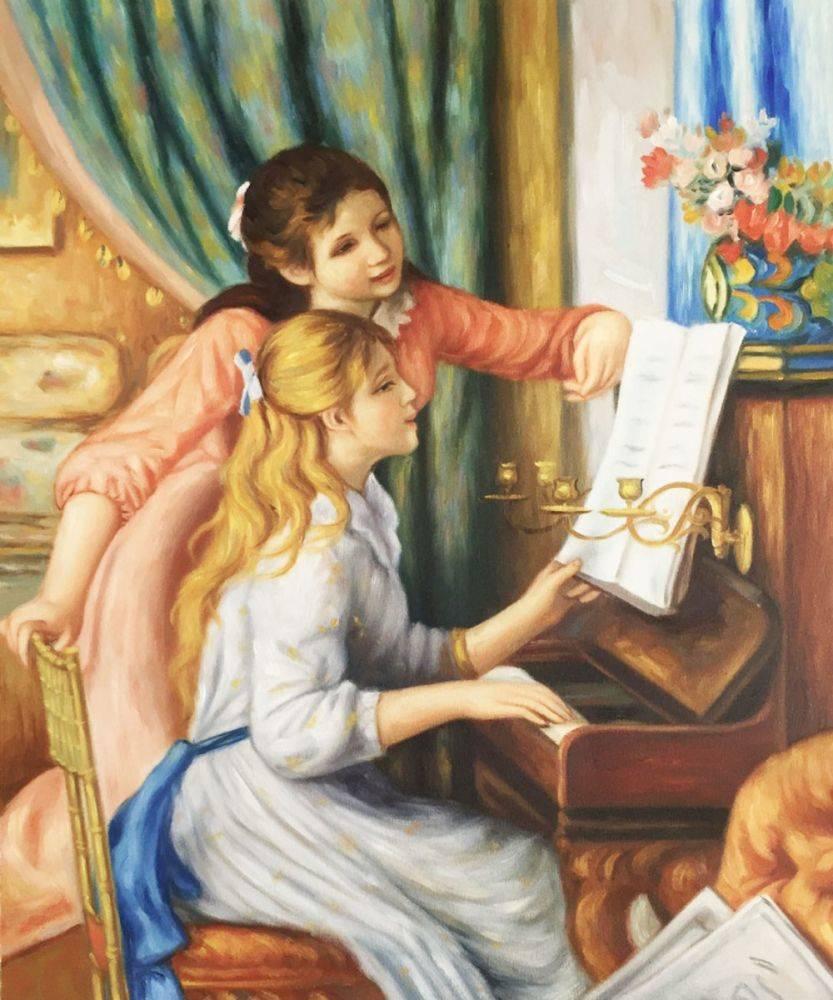Art
John William Waterhouse – Mysterious Beauty of Literary Heroine
John William Waterhouse (born between January and April 1849, died February 10, 1917) was an English painter known mainly for his Pre-Raphaelite painting style. The artist drew inspiration from Romantic and Classical disciplines, as he combined these genres over his lifetime to create beautiful and enduring works of art.
 Born in Rome, Italy to English parents, Waterhouse moved back to England and studied at the Royal Academy of Arts where he attained early success through yearly exhibitions at such distinguished platforms as the Royal Academy Summer Exhibition and Society of British Artists.
Born in Rome, Italy to English parents, Waterhouse moved back to England and studied at the Royal Academy of Arts where he attained early success through yearly exhibitions at such distinguished platforms as the Royal Academy Summer Exhibition and Society of British Artists.
While his contemporaries were studying Impressionism in the late nineteenth century, Waterhouse embraced the Pre-Raphaelite method; a style which sought to connect art with poetry and literature, and express genuine ideas as they relate to nature.
Waterhouse developed his own canon of technique which is evident within most of his work. He drew upon tragic and beautiful literary figures with a special affection for the femme fatal. Waterhouse represents his chosen allegories and gives further narrative to those themes through symbolism, color, and realism. These benchmarks include dramatic color for strong women, softer shades for more romantic sentiment, and the illusion of movement in his paintings.
Elected to the status of full Academia in 1885, Waterhouse went on to teach at the St. John’s Wood Art School, and served on the Royal Academy Council before his death from cancer in 1917. His enduring contribution to the art world is immeasurable. He portrayed beauty as being mysterious while using symbolism to express key themes from literature and translating these to canvas. Currently his work is displayed in British galleries where they continue to inspire.
A few notable Waterhouse Masterpieces:
Narcissus
 According to Greek mythology, Echo, a wood nymph loved Narcissus. Since Narcissus only loved himself, the gods punished Narcissus by making him fall in love with his own reflection and then turning him into a flower. In Waterhouse’s 1912 painting, Narcissus, Echo lovingly picks the flower. The artist paints a sad and sentimental narrative of unrequited love. With soft and romantic color arrangement, Waterhouse includes as much detail in the background of this painting as the center focus.
According to Greek mythology, Echo, a wood nymph loved Narcissus. Since Narcissus only loved himself, the gods punished Narcissus by making him fall in love with his own reflection and then turning him into a flower. In Waterhouse’s 1912 painting, Narcissus, Echo lovingly picks the flower. The artist paints a sad and sentimental narrative of unrequited love. With soft and romantic color arrangement, Waterhouse includes as much detail in the background of this painting as the center focus.
The Flower Picker
Although not seemingly based in legend or myth, The Flower Picker is an excellent example of Waterhouse’s technique and preference toward depicting beautiful and mysterious women. He contrasts dark hair and porcelain skin giving her an innocent and ethereal touch which was the ideal of Victorian beauty. The artist places the subject front and center; he breaks from Pre-Raphaelite concepts borrowing from the Impressionists technique to portray the natural world behind her in softer, blurred, and shorter brush strokes.
Ophelia
A fine example of true Pre-Raphaelite painting, Ophelia 1893, explores the technique of expressing nature integrated with the narrative of a literary character; this painting is also in keeping with Waterhouse’s preference to portray a beautiful woman experiencing tragic circumstances as the focus. The character Ophelia came from Shakespeare’s play, Hamlet. While grieving from Hamlet’s rejection, Ophelia falls from a broken tree branch into water and drowns. A master of narrative storytelling, Waterhouse paints his melancholy heroine symbolizing her innocence with white garments, delicate features, and flowers in her hair.
The Lady of Shalott
Popular with Pre-Raphaelites, Alfred, Lord Tennyson’s 1832 poem of the same name is translated to canvas in perhaps one of the most popular and enduring paintings created by Waterhouse. The artist powerfully tells the tale of Lady Shalott’s unreciprocated love of Sir Lancelot, a literary figure of Arthurian legend. Held in a tower and cursed only to look in a mirror never to see the outside world while everything she views is woven into tapestry. Lady Shalott escapes and sails toward Camelot freezing to death before she arrives. Waterhouse’s grand painting is conceptually complex, with a strong emphasis on both the tragic heroine and the natural world surrounding her.
 Miranda – The Tempest
Miranda – The Tempest
Taken straight from literature, Waterhouse’s painting Miranda – The Tempest 1916 tells the beginning of the Shakespeare’s play The Tempest, where literary figure Miranda witnesses a shipwreck from her island of exile. True to his style, Waterhouse places his heroine in the forefront of his painting and drapes her in flowing fabric and bold color. Miranda watches as the storm wrecks the ship while the painting focuses on the violence of nature in the background.




